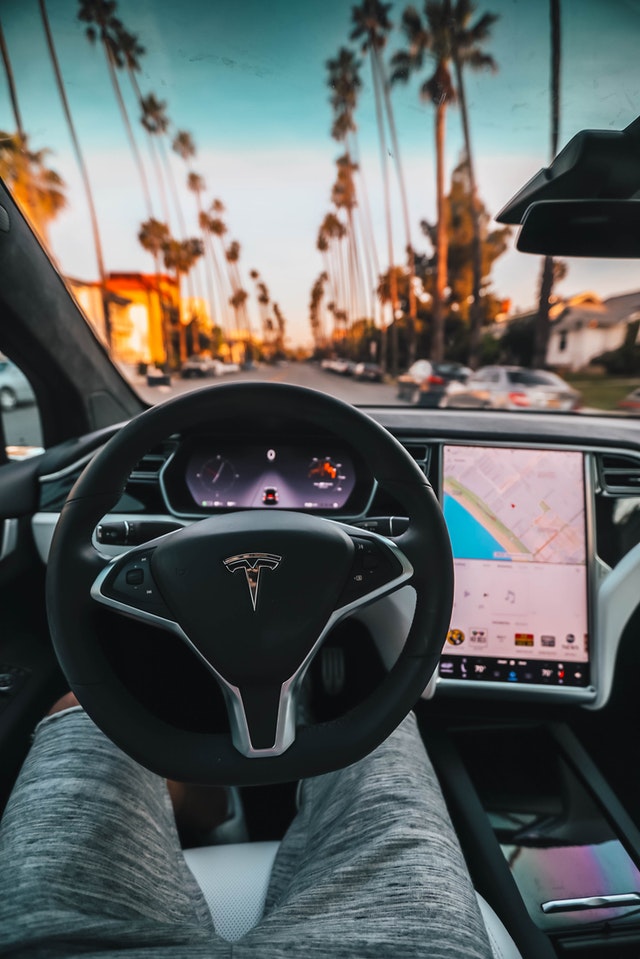Autonomous vehicles represent one of the newer forms of automotive technology. While autonomous cars may still seem like something out of the future, these vehicles are gradually appearing on the roads and will likely become more prominent in the years to come. Autonomous vehicles operate without the need for human intervention. In fact, these vehicles can run without any human passengers. However, it is important to note the different levels of automation that have been described. These levels range from 0, which is a fully manual car, to 5, which is completely autonomous. The different levels were defined by the Society of Automotive Engineers and have been adopted by the US Department of Transportation in in its policy.
Understanding the Terminology and Levels of Automation
In levels 0 through 2, a human monitors the driving environment. Level 1 involves driver assistance, such as cruise control. As such, this level of automation has existed for a long time. In level 2, the vehicle performs some steering and acceleration, but humans still monitor it at all times and can always intervene with controls. In levels 3 through 5, the vehicle itself monitors the driving environment. Level 3 automation involves some environmental detection capabilities, and the vehicle is allowed to perform most driving tasks, but a human is still required to monitor the driving performance. At level 4, the vehicle performs all tasks, but geofencing is required, which places limits on where the car can go. Humans can override the system at any time.
Levels 3 and 4 fall under the category of self-driving vehicles. The term “self-driving” refers to a vehicle that can perform most or all driving maneuvers, although a human is prepared to intervene, if necessary, at all times. Only when a vehicle is at level 5 is it considered completely autonomous, which means that it can go anywhere and is not bound by geofencing. Furthermore, no human passenger is needed for this type of car. Currently, vehicles at all six distinct levels are on the road, although the higher levels remain quite rare and even experimental. However, as technology improves, this situation could change rather quickly.
How Do Autonomous Cars Effectively Drive Themselves?
Self-driving cars, which are also known as autonomous vehicles, use a series of sensors and actuators, as well as powerful processors with machine learning systems, to maneuver the driving environment. Through a series of complex algorithms, the car keeps track of its surroundings by creating a virtual map using data collected from sensors in different parts of the vehicle. Radar sensors locate the position of nearby vehicles, while video cameras can detect road signs, traffic lights, and pedestrians. A key part of the system involves lidar (light detection and ranging) sensors, which bounce light off of the surroundings in order to measure distance. Lidar sensors keep track of road edges and lane markings. The wheels also have ultrasonic sensors to detect curbs and other vehicles.
Software installed on the vehicles process the wealth of data collected by all of these sensors in order to map out the physical world and plot a path for the car to follow. The path is translated into a series of instructions transmitted to actuators, which in turn control steering, braking, and acceleration. The system has a variety of algorithms used to navigate obstacles that appear in the road in order to ensure the vehicle adheres to traffic rules. These algorithms involve object recognition and predictive modeling, which helps the system develop different action plans based on what could occur in any given situation. Machine learning ensures that the computer becomes even better at achieving these goals over time.
The Challenges That Remain in Perfecting Autonomous Cars
A number of challenges exist in perfecting autonomous cars to the point of making them available to the general public. One of the primary issues is lidar (light detection and ranging), a sensory method for detecting distances. This technology is not only very expensive, but it is also not quite perfected. Also, there is a question of how two lidar signals will interact with each other when they are on the road together. While different frequencies are possible, there are questions about whether or not the range is sufficient to support the mass production of these types of vehicles. Sensors may also be affected by weather conditions. Another limitation is related to artificial intelligence. Drivers, as well as pedestrians, often communicate with each other through non-verbal cues, and it remains unclear how this kind of connection can be replicated with autonomous cars.
Some of the other challenges relate to regulation. Should these cars be relegated to a specific lane, for example? Currently, the regulation of these cars is assigned at the state level rather than at the federal level, although this could cause serious issues as they become more prominent. These cars will certainly need to cross state lines, but this could be difficult depending on how regulations develop. Lawmakers have already proposed a number of bills in relation to autonomous vehicles, encompassing panic buttons, a zero-emission mandate, and a per-mile tax.
